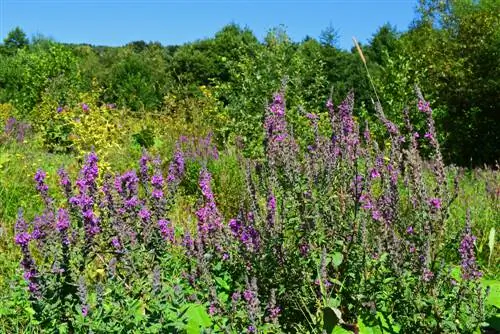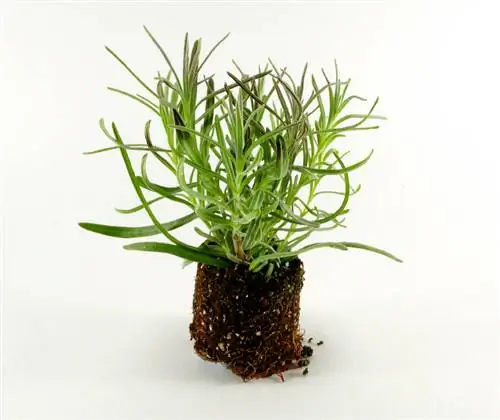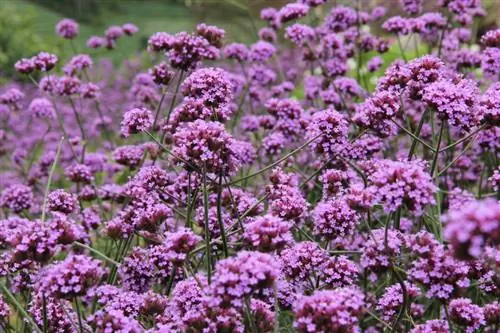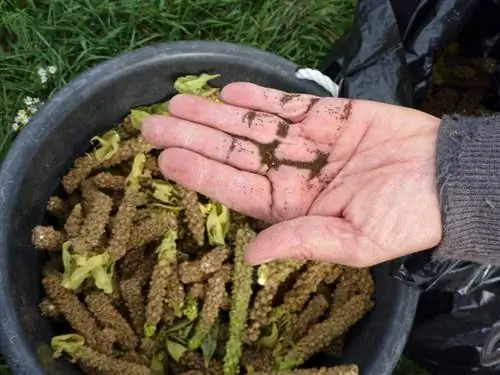- Author admin [email protected].
- Public 2024-01-05 20:48.
- Last modified 2025-01-23 11:21.
Who doesn't get excited at the sight of a river bank lined with purple loosestrife? Would you like to bring the lush flowers into your home garden? Simply propagate your plant yourself. With our instructions you can do it easily.
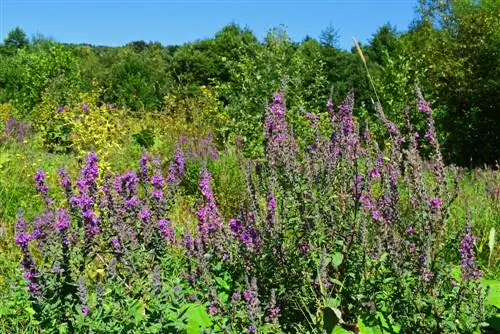
How do I propagate loosestrife in the garden?
Loosestrife can be propagated by sowing or dividing roots. Collect seeds from wilted flowers in autumn, dry them and sow them in spring. Alternatively, divide the root ball of the plant in spring and reinsert the new halves.
At a glance How do I propagate loosestrife? You can propagate loosestrife viaseedsor bydividing the root ball. The seeds for sowing can be collected in autumn and sown in spring. To divide, dig up the plant in spring and split the roots in half with a sharp spade.
Controlled propagation
If you would like to specifically propagate your loosestrife, you have two options to choose from:
- the sowing
- the root division
Sowing
To sow, remove the seeds manually from the wilted flowers. Carefully remove the remaining dead flowers so that they do not inadvertently multiply. Allow the seeds to dry over the winter. The following spring, sow the seeds in moist soil in a sunny location.
Tip
By growing the seeds under foil in seed pots on the windowsill, you get robust shoots that establish themselves more quickly in the garden bed.
Dividing the root ball
The best time to divide the root ball is also spring. Dig up the mother plant and split it in half with a sharp spade. You can now place these in the ground again at a suitable location.
Leave loosestrife to fend for itself
The ornamental plant is extremely easy to reproduce and does all the work for you: After the inflorescences have faded, there are small seeds in the withered parts of the plant. The purple loosestrife leaves these to the wind in autumn or waits for birds to spread the seeds. Without your intervention, new plants will sprout in the area next spring. However, not everyone likes this, as the location of the young plants is purely arbitrary.
Tip
Root division is particularly recommended if the loosestrife becomes too large for its current location.

